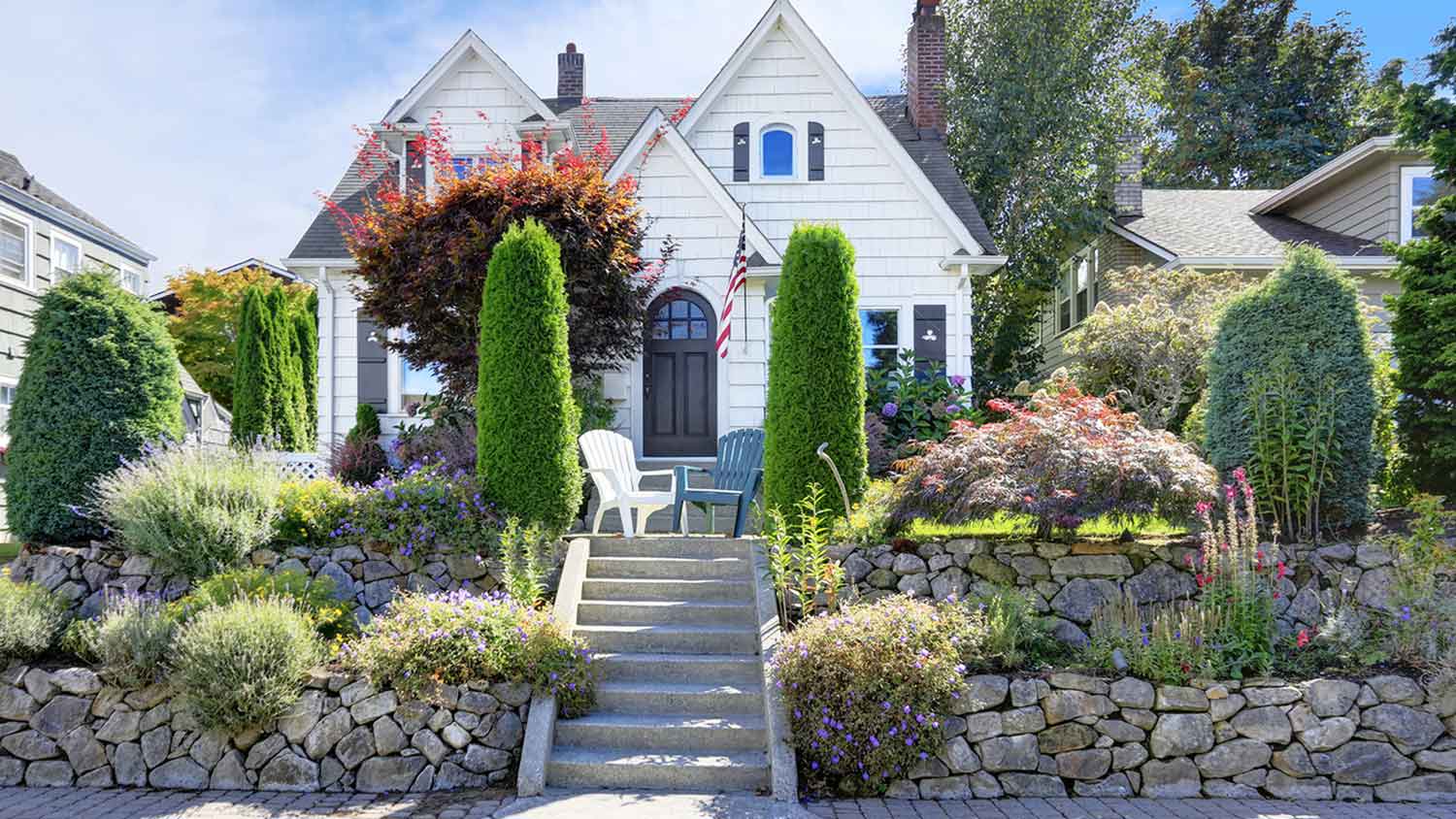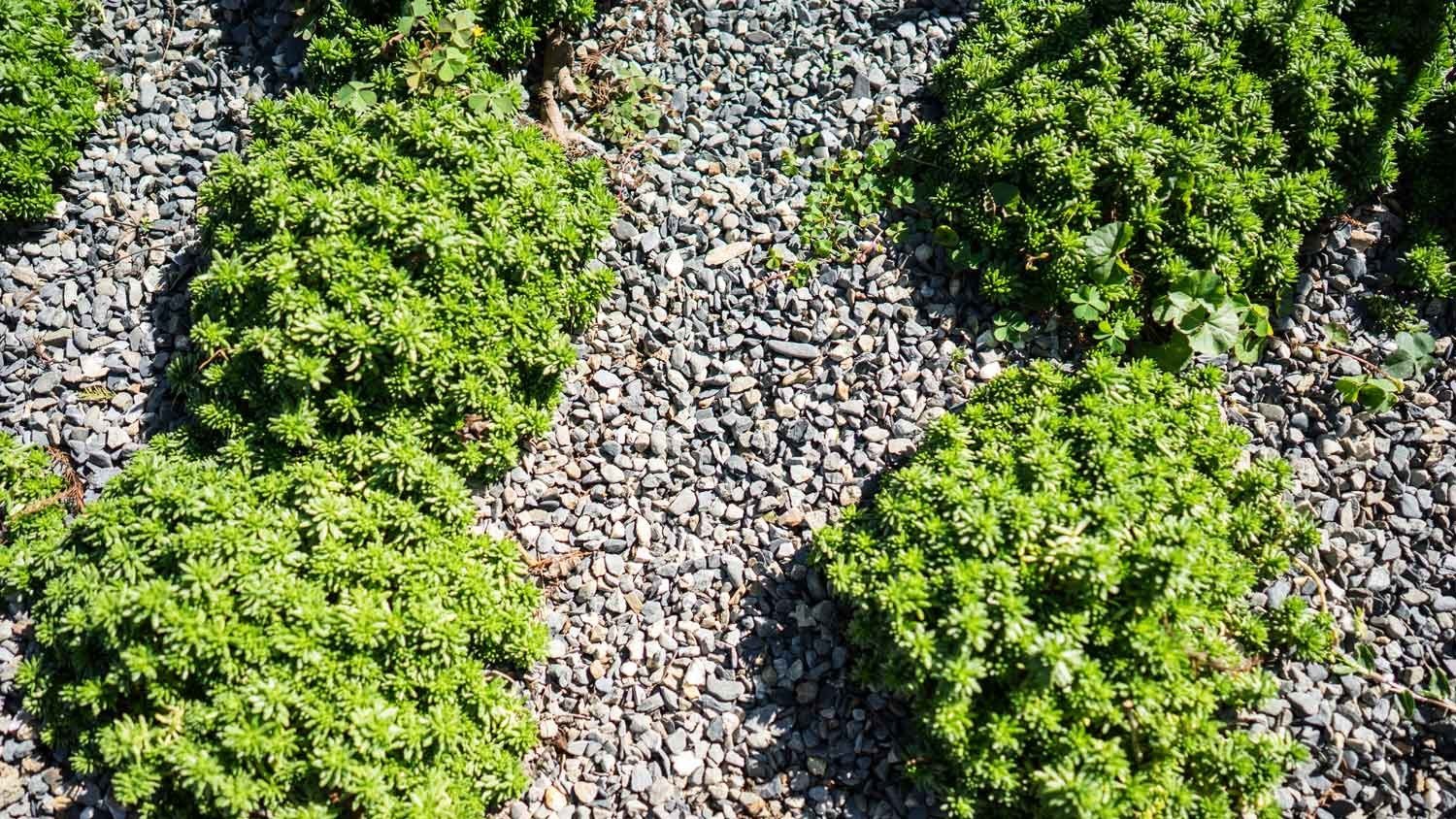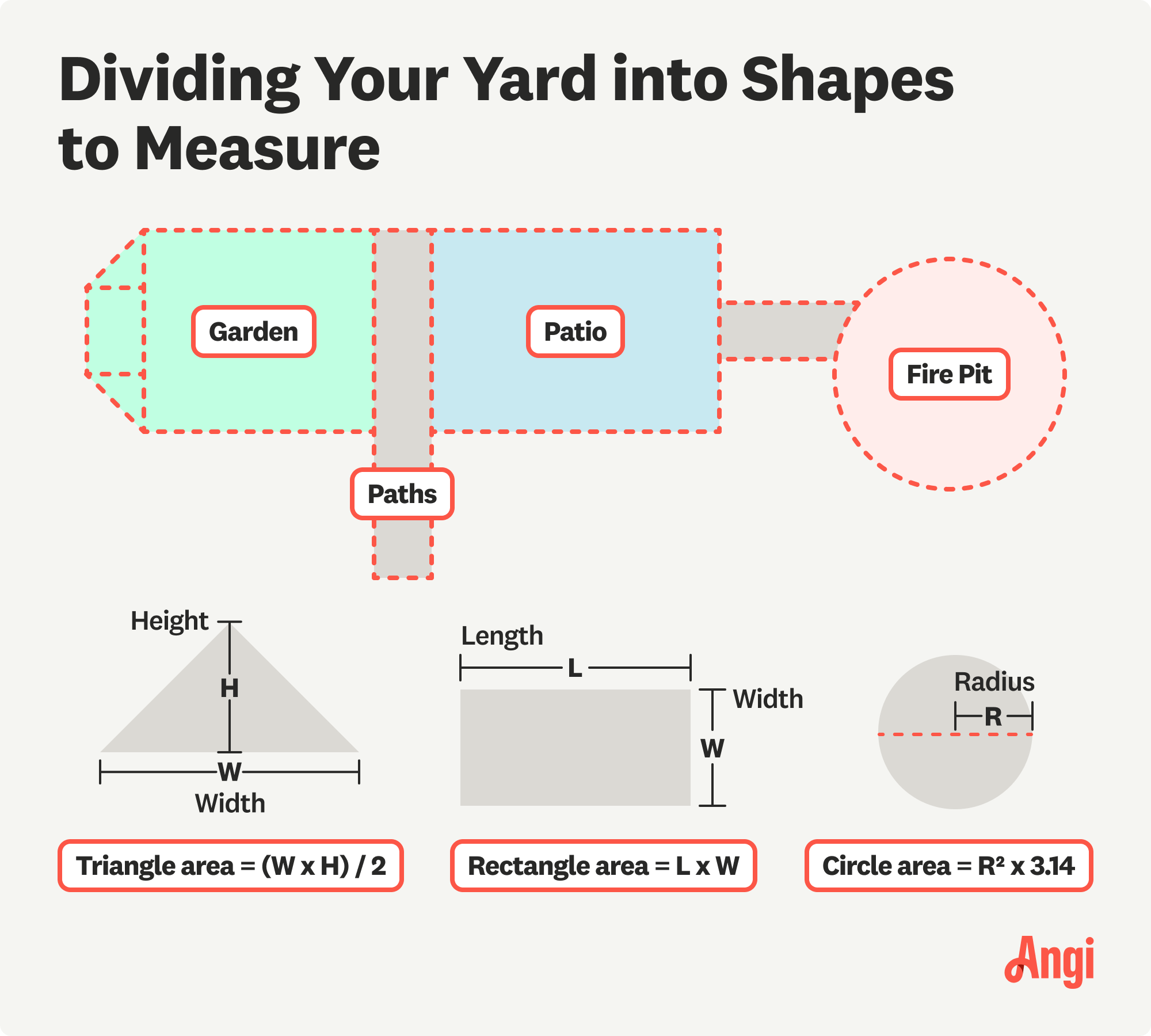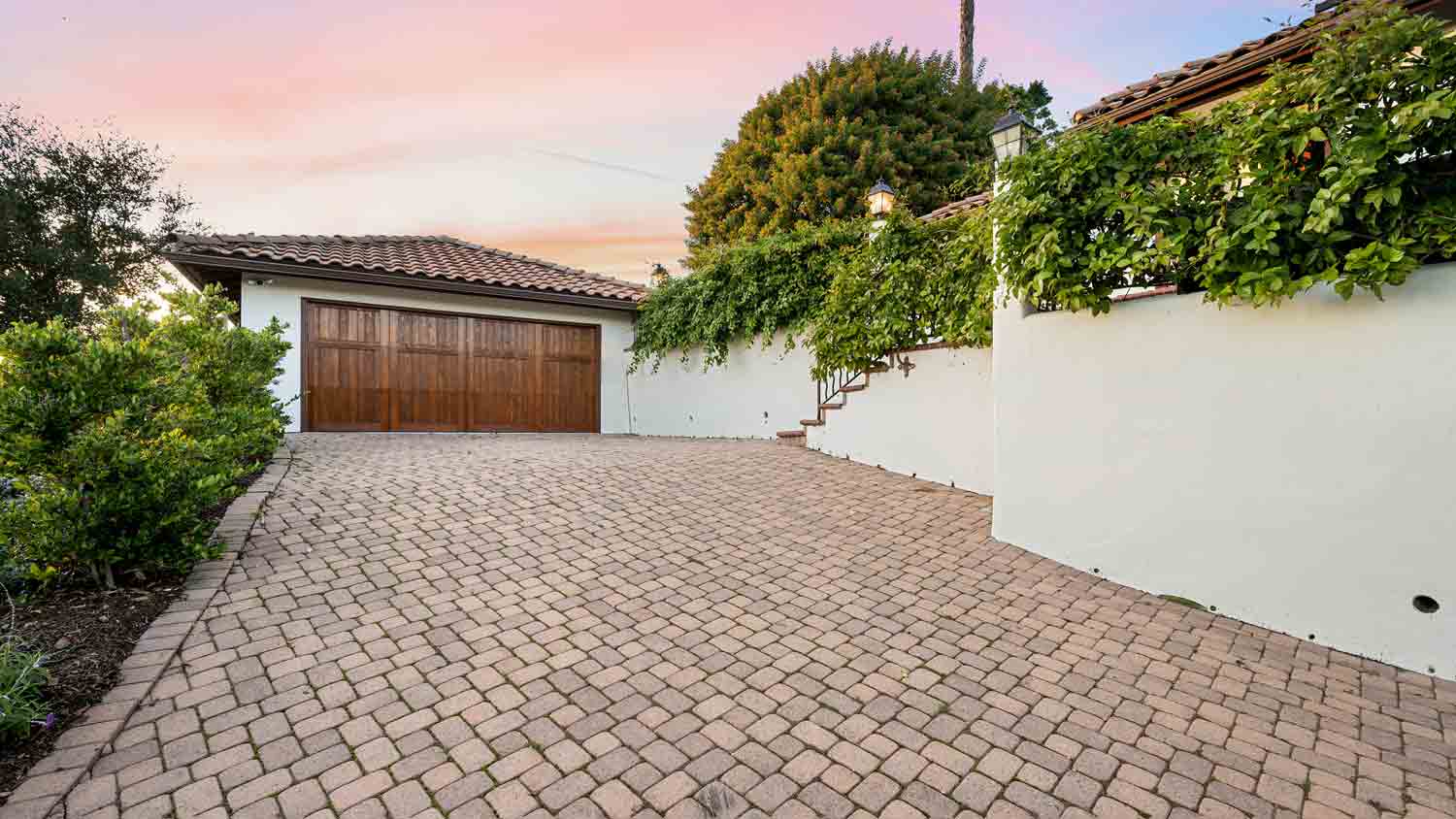
Retaining wall repair cost can vary widely based on the age and condition of the wall being restored. Learn why finding the right pro is important for getting the job done.


You'll need 1 cubic yard of pea gravel to cover 100 square feet at 3 inches deep.
A typical pea gravel patio or walkway is 2 to 4 inches deep.
A cubic yard of pea gravel costs between $25 and $80 installed.
Pea gravel is a type of river rock that's smaller than ⅜ inches in diameter. It's ideal for creating budget-friendly patios, walkways, or driveways, and it adds a natural beauty to your landscaping. Wondering, “How much pea gravel do I need?” Determining the right amount for your project is a matter of planning and carefully measuring the area.
Your landscaping material provider or contractor will likely sell pea gravel by weight per ton or by the cubic yard. The chart below shows the approximate coverage area per yard of pea gravel based on your chosen depth.
To convert to tonnage, simply multiply each yard of material by 1.4 to account for the typical density weight. For example, one cubic yard of pea gravel weighs 1.4 tons, and two cubic yards will weigh 2.8 tons.
| Yards | Area covered at 2 inches deep | Area covered at 3 inches deep | Area covered at 4 inches deep |
|---|---|---|---|
| 1 | 160 sq. ft. | 108 sq. ft. | 80 sq. ft |
| 2 | 325 sq. ft. | 215 sq. ft. | 160 sq. ft. |
| 3 | 485 sq. ft. | 325 sq. ft. | 243 sq. ft. |
| 4 | 810 sq. ft. | 540 sq. ft. | 405 sq. ft. |
You'll need two measurements to determine how much pea gravel you need for your landscaping project, including area and depth. These two measurements multiplied together will produce the volume or total amount you need.
Calculate the area by multiplying the length by the width of the area in feet in which you're installing the gravel. Calculate depth by dividing the depth value by 12 to convert it to feet. Multiply the values to achieve volume.
Width X Length = Square Feet or Area
Depth in inches / 12 = Depth in feet
Area X Depth in feet = Volume in cubic feet
Convert your cubic feet measurement to cubic yards, if necessary, by dividing the cubic-foot result by 27.

Measuring the area for a square or rectangular patio, walkway, or driveway only requires that you measure the width and length of the space. For a rectangle, this means measuring one short side and one long side of the area and multiplying the two results to get the total square footage.
To determine the square feet of a triangle, first measure one side of the triangle and call it the width. Now measure in a straight line from the center of the first side to the far corner of the triangle. Call this the length.
Multiply the two values together and divide the result by two. This is your total area in square feet.
To measure a circular area, measure across the widest point (the diameter), divide it by two to get the radius, then square that number and multiply by 3.14 (π) to find the area in square feet.
To measure the square feet of an irregularly-shaped area, divide the space up into various shapes and chunks. It can help to draw out the space on paper to make continuous notes while measuring. Calculate the area for each section and simply add them all together for your total.

While calculating how much pea gravel you need for your project is one thing, installing it is labor-intensive. Additionally, special knowledge is often necessary for determining drainage requirements and minimizing erosion effects.
Most homeowners choose to hire a local gravel installation professional, especially for large projects, which can also warrant including the cost of detailed landscape design.
From average costs to expert advice, get all the answers you need to get your job done.

Retaining wall repair cost can vary widely based on the age and condition of the wall being restored. Learn why finding the right pro is important for getting the job done.

Need to know how much decomposed granite costs? Learn about the factors that affect decomposed granite's price and how much you need for your project.

Thinking about installing concrete or brick pavers for a walkway or patio? Learn the cost of interlocking pavers in this informational guide.
.jpeg?impolicy=leadImage)
Pavers are a popular option for homeowners redoing their hardscaping. Learn everything you need to know about what pavers are in this guide.

Learn how to fix your paver patio drainage problem by determining the source of the water that is flooding your pavers and causing sinking, cracking, and other issues.

This calculator will help you estimate how many pavers you’ll need to purchase for your hardscaping project.